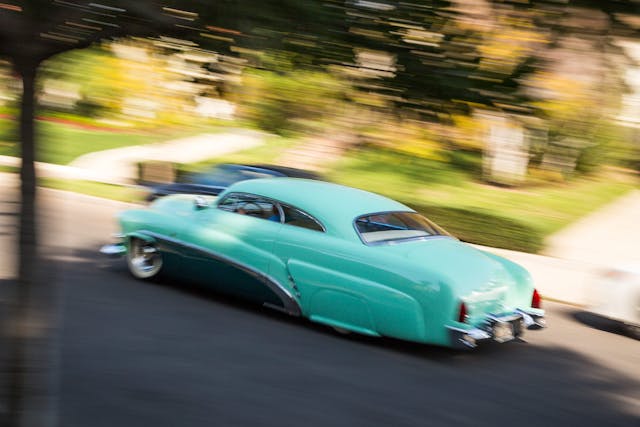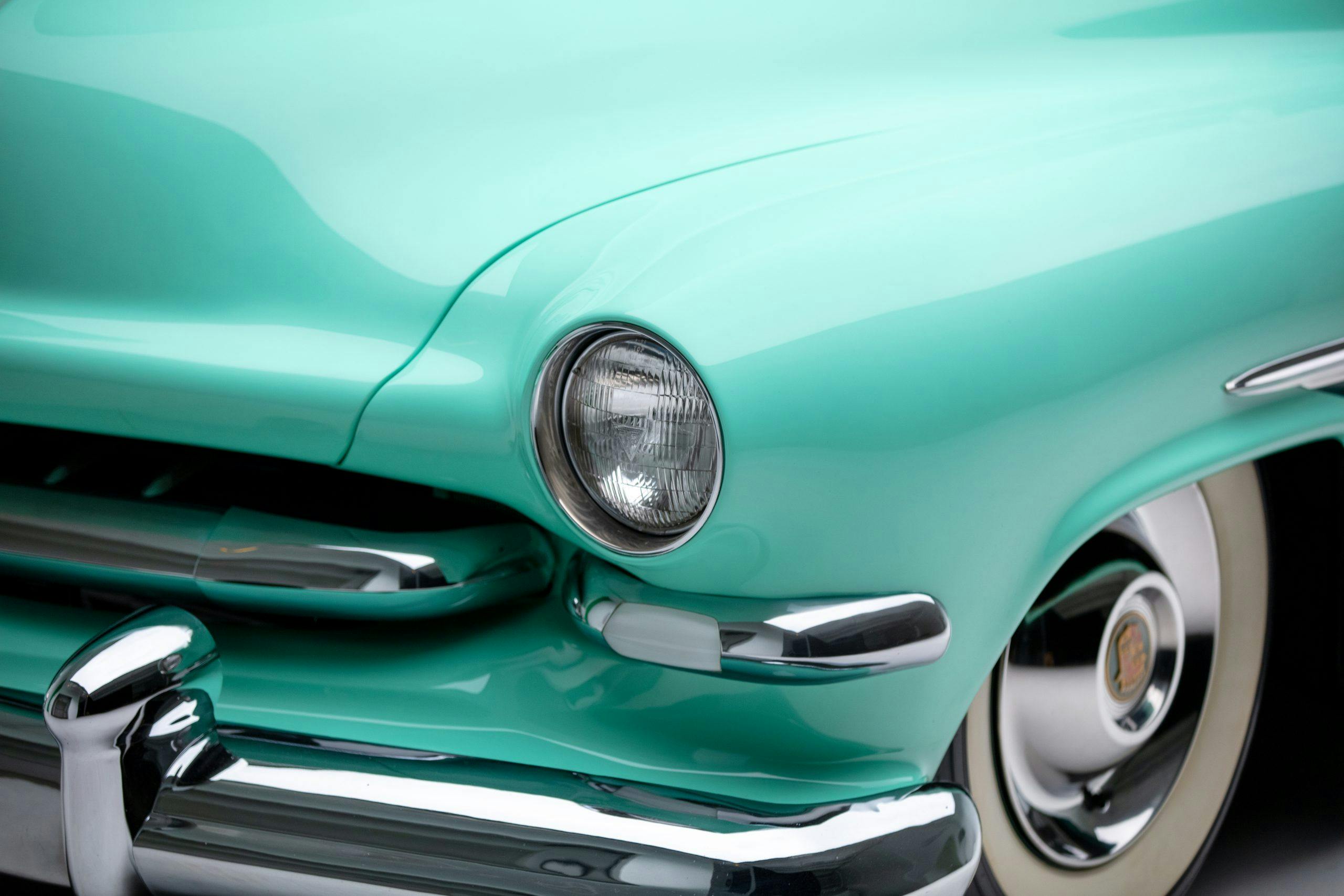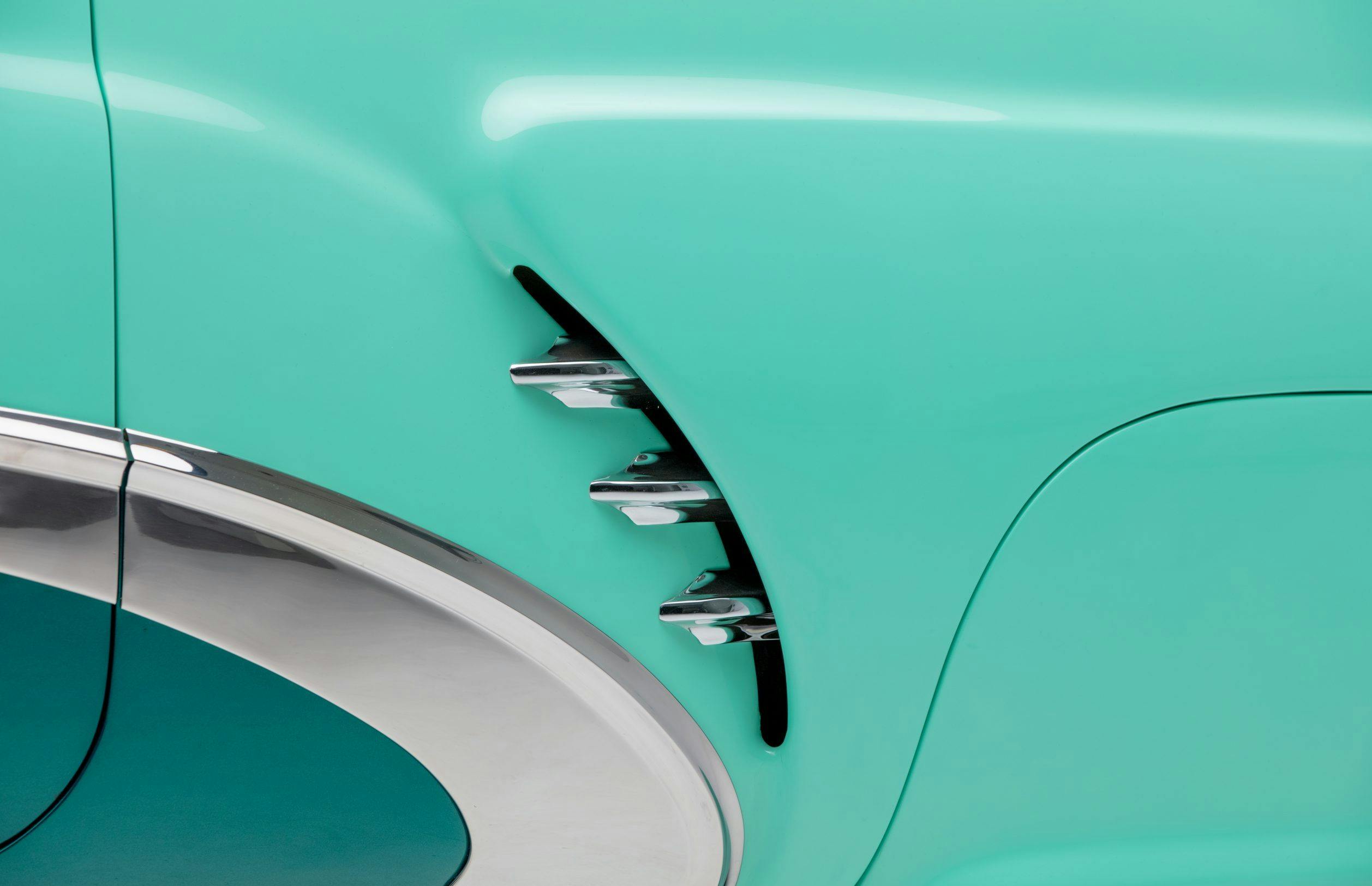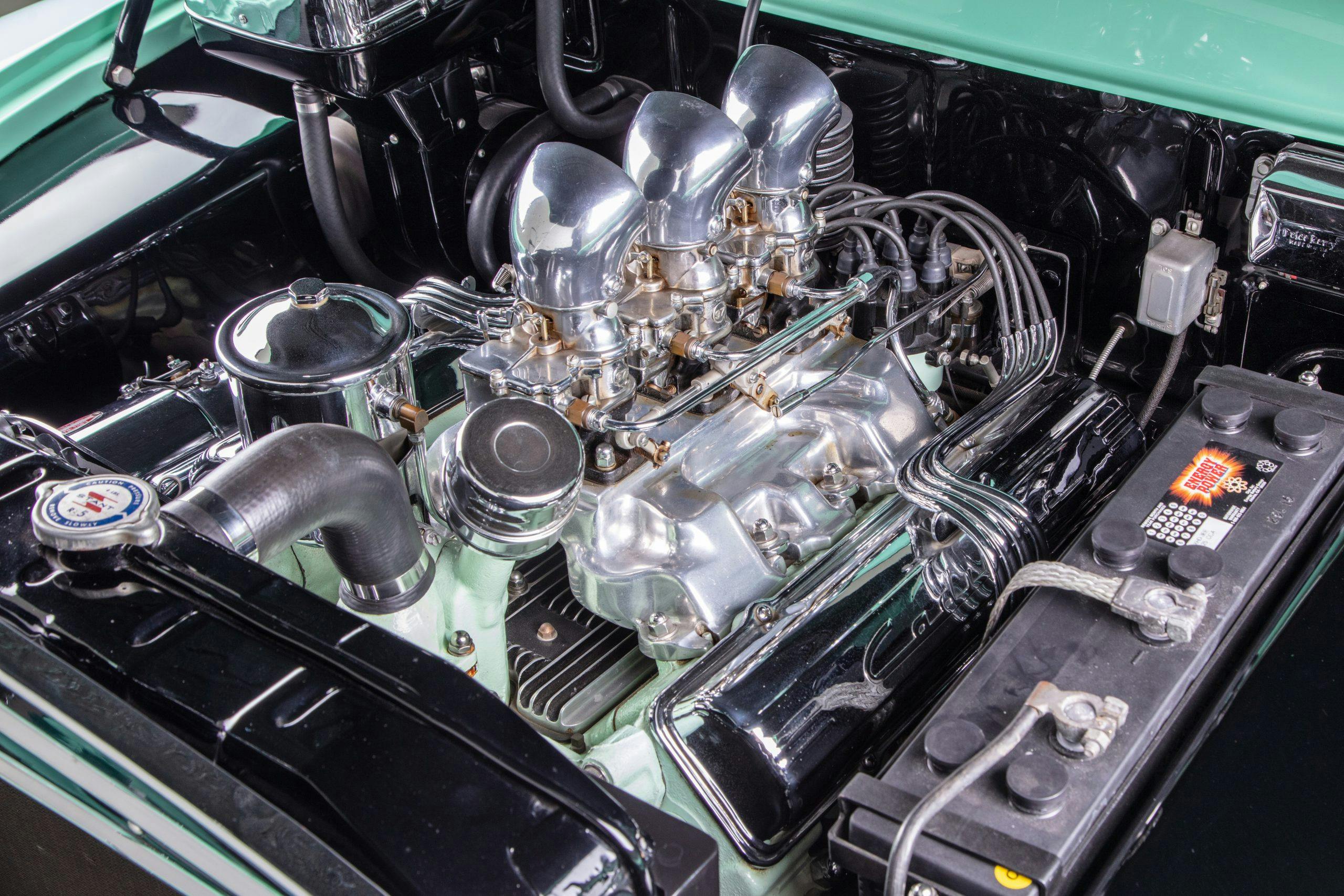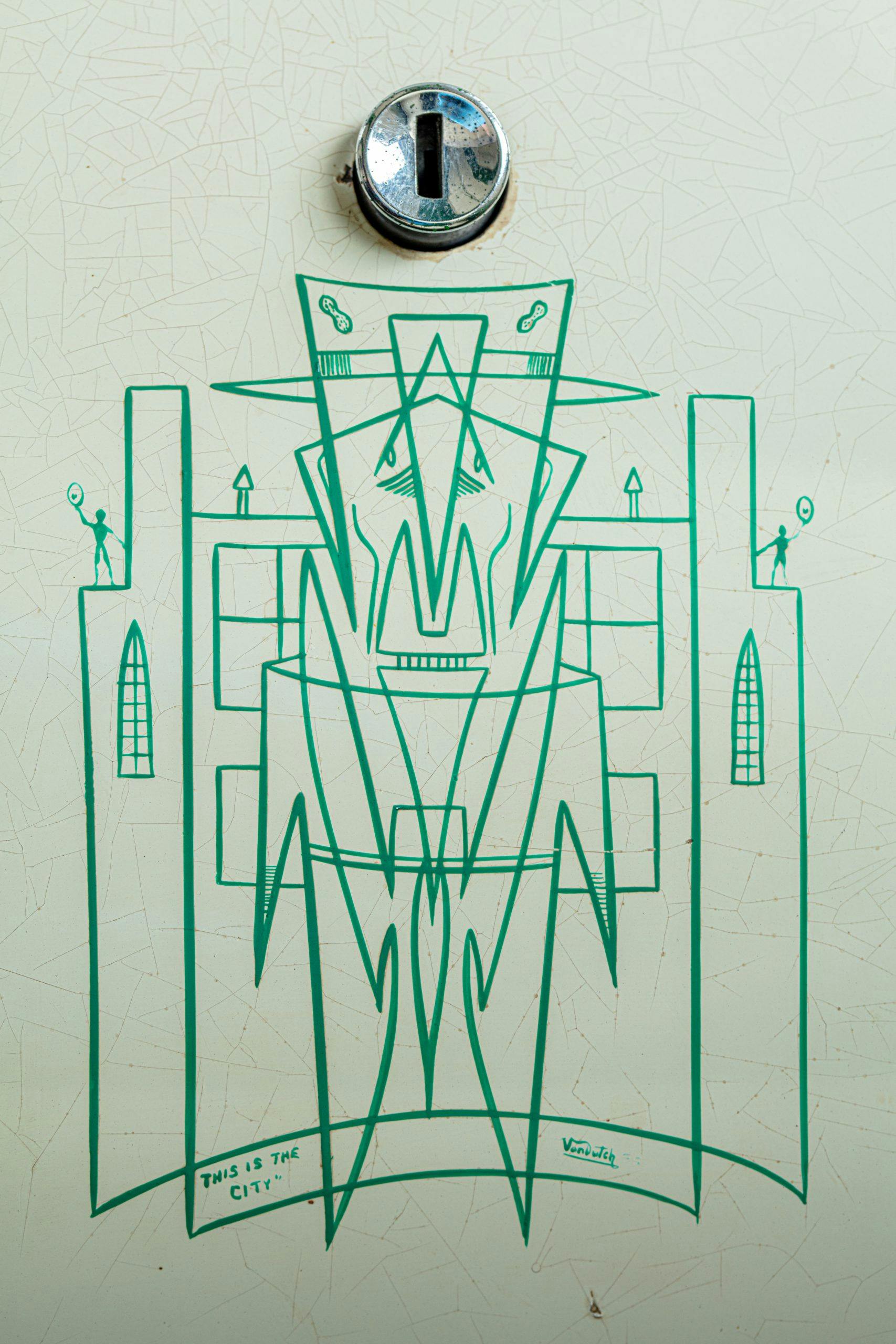Media | Articles
The legendary Hirohata Merc is looking for a new home
The word “icon” is thrown around so nonchalantly in the car community these days that sometimes it falls short in describing a vehicle that’s so revered it represents an entire segment of the collector car community. Case in point: the 1951 Hirohata Mercury. Now, there’s an ICON.
Arguably the most famous custom car ever built, the Hirohata Merc was the creation of legendary Barris Kustoms and is one of only 30 automobiles listed on the National Historic Vehicle Register. Now it could be yours. The modified Mercury will cross the auction block on Saturday, January 15, 2022, at Mecum’s Kissimmee (Florida) Auction. Presale estimate is $1M–$1.25M, but since it has never been offered at auction before, it’s difficult to say where the hammer might fall.

“It’s the quintessential lead sled, and it’s Barris associated, so that’s a big deal,” says Greg Ingold, Hagerty Price Guide editor. “Big, golden age Kustoms’ cars are very uncommon at auction, so whenever one is offered it draws attention.”
This one is drawing a lot of it, and rightly so.
“As far back as I can remember, it’s been the car that gets talked about, because it made the new look,” says Herschel Conway, who worked for brothers George and Sam Barris, and was interviewed extensively for a four-part video series about the cutting-edge cruiser. “The other cars became mild customs alongside this radical custom.”
Marketplace
Buy and sell classics with confidence
“It was the top,” adds automotive historian and author Pat Ganahl. “It was the best. It set the trend for custom cars.”
Fresh out of the Navy in 1952, Masato (Bob) Hirohata took his standard 1951 Mercury Coupe to the Barris brothers and asked that they give it a pillarless “hardtop” look similar to what the shop had done to Nick Matranga’s then-famous 1940 Mercury Coupe. Beyond that, Hirohata encouraged the brothers to flex their creative muscle, and they didn’t take that freedom lightly.
Powered by a 1953 Cadillac 331-cubic-inch OHV V-8 engine with three Stromberg carburetors, the Mercury’s many modifications included removing the door handles (a hidden button opened the door), building a custom grille from three 1951 Ford grilles, and adding frenched headlamps, ’52 Lincoln taillights, and side trim from a 1952 Buick. The corners of the doors and trunk were rounded, the rear was chopped more than the front to give it a lower stance, the car was given a custom rolled-and-pleated upholstery job, and the dash and glovebox were pinstriped by the legendary Von Dutch. And its bright pastel green paint job was like nothing anyone had ever seen.
The custom car community went bananas, and the Hirohata Merc soon graced the covers of automotive magazines from Hot Rod to Motor Trend. The car even appeared in a movie, 1955’s Running Wild. Hirohata decided to sell it not long after the movie was released. Among the Merc’s owners was Robert Waldsmith, who also used it as his daily transportation and was hit by another car, an accident that required repairs and new paint—two-tome gold. The car was eventually sold to Doug Kinney, an employee of Ed “Big Daddy” Roth, who repainted it lime green.
Believe it or not, however, the Hirohata Merc ended up in a used car lot, where it was purchased by a 16-year-old kid named Jim McNiel. It couldn’t have gone to a better person. McNeil considered himself a caretaker more than an owner, and he preserved and carefully cared for the Merc until his death in 2018.
The Mercury placed first in class at the 2015 Pebble Beach Concours d’Elegance, was added to the National Historical Vehicle Register in 2017, and has been displayed on the national mall in Washington, D.C., and at the Petersen Automotive Museum.
The Hirohata Merc represents a pivotal shift in American car culture. And although it wasn’t the first radical custom Mercury, it has become one of the most significant. It could also become the most expensive. We’ll be watching.
